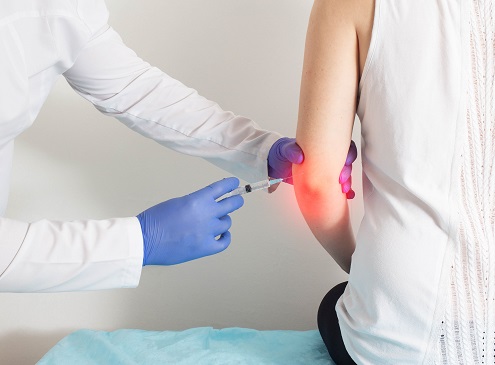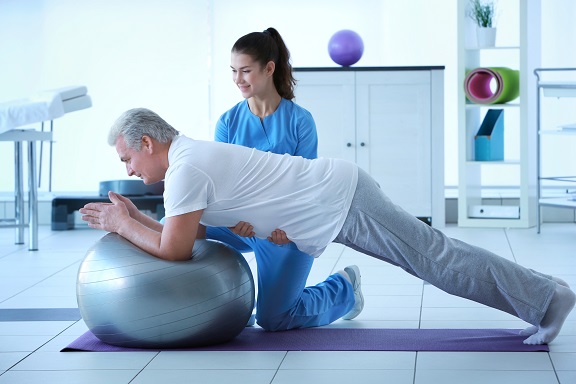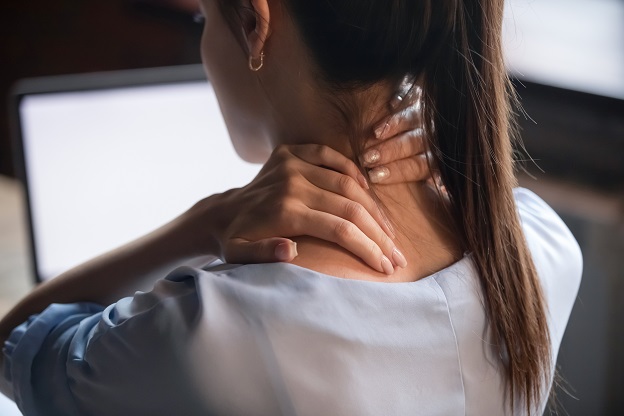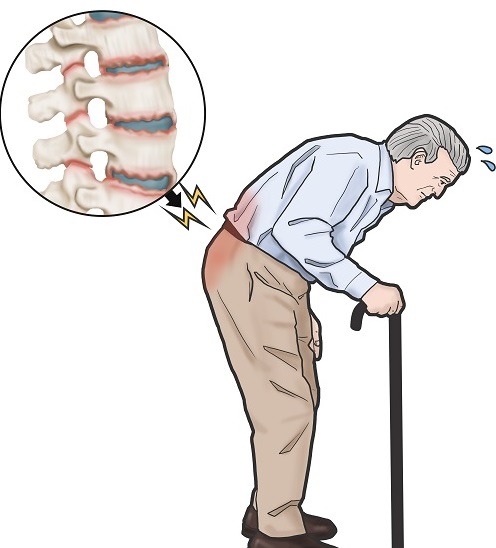One of the most important causes of neck pain is the hernia of the neck, tearing of the fibers around the disc structure between the cervical vertebrae and protruding into the nerve channel of the intra-disc structure (nucleus pulposus).
Who has a hernia?
Neck hernia is common in those who work in professions that can cause excessive strain of the neck. These professional groups are drivers, curtain makers, secretaries, computer long-term employees, surgeons and dentists.
What are the symptoms of neck hernia?
The most common symptom of a hernia is neck pain. Neck movements, especially the movement of the head to the back, can increase pain. In sudden onset hernias, the pain is severe. Neck hernia pain usually begins insidiously and increases over time. The pain caused by the hernia can be seen not only in the neck, but also in the areas such as arms, hands, backs, waists and shoulders in the area followed by the nerve exposed to pressure. Due to the pressure on the nerve, there may be a loss of strength in the hands, arms and numbness.
How is a neck hernia diagnosed?
Listening to the patient's complaints and a careful neurological examination are the most important factors in diagnosis. Magnetic resonance (MRI) is the most effective method for confirming the diagnosis and determining the level of the spine where the hernia is in the presence of complaints and clinical examination of the patient and suspected hernia. Computed tomography (CT) may be requested as an alternative for patients with blocked medical condition and those with indoor fear for MRI. If the disc herniated disk detected in the MRI is compatible with the clinical examination findings, there is no need to perform EMG, which is a nerve test. However, if the disc herniation seen in the MRI and the clinical examination findings are not compatible, EMG examination, which is a nerve test, may be required.
How to treat neck hernia?
The majority of patients with neck pain can recover with non-surgical treatment methods called conservative treatment (drug therapy, physical therapy and exercise, local or regional injections). The first method used in the treatment of neck hernias is exercises aimed at relieving the load on the spine by strengthening the neck muscles. Thanks to these exercises, the progression of the hernia can be stopped. Painkillers and muscle relaxants can be used to relieve acute pain caused by hernias. If the pain does not decrease with medication and neck movements continue to be restricted, the physical therapy option can be evaluated. With physical therapy, the areas where pain is seen are strengthened and it is aimed to reduce the pressure of the hernia on the nerves. Short-term cervical orthosis (neck brace) can be used in arm pains that accompany severe neck pain. Epidural nerve blockade can be applied in patients that cannot be controlled by drug therapy and physical therapy. In patients who last more than 6 months and do not benefit from conservative treatment, surgical consultation should be requested in cases such as progressive loss of strength and walking disorder.
The correct diagnosis is very important in order to be able to treat it in the best way, without making the neck hernia complicated, which can pass with a simple treatment. For this purpose, it is very important for the patient with a hernia to apply to the relevant specialist.
Who should be paying attention to those with hernias?
• Sit upright and walk upright.
• Support your waist and neck while sitting. Keep your head in neutral position without tilting or lifting excessively by sitting close to the table and counter while you work.
• Do not watch TELEVISION by lying on the armchairor sofa.
• Adjust the computer monitor at eye level. Don't stay at the computer for long.
• The pillow should not be too high or too low. When lying on your back, fill the gap behind the neck with a pillow. When lying on its side, pull the pillow to the neck root.
• Do not lie face down.
• Do not keep your neck in the same position for a long time. Perform light neck movements every 20-25 minutes.
• Exercise regularly.






